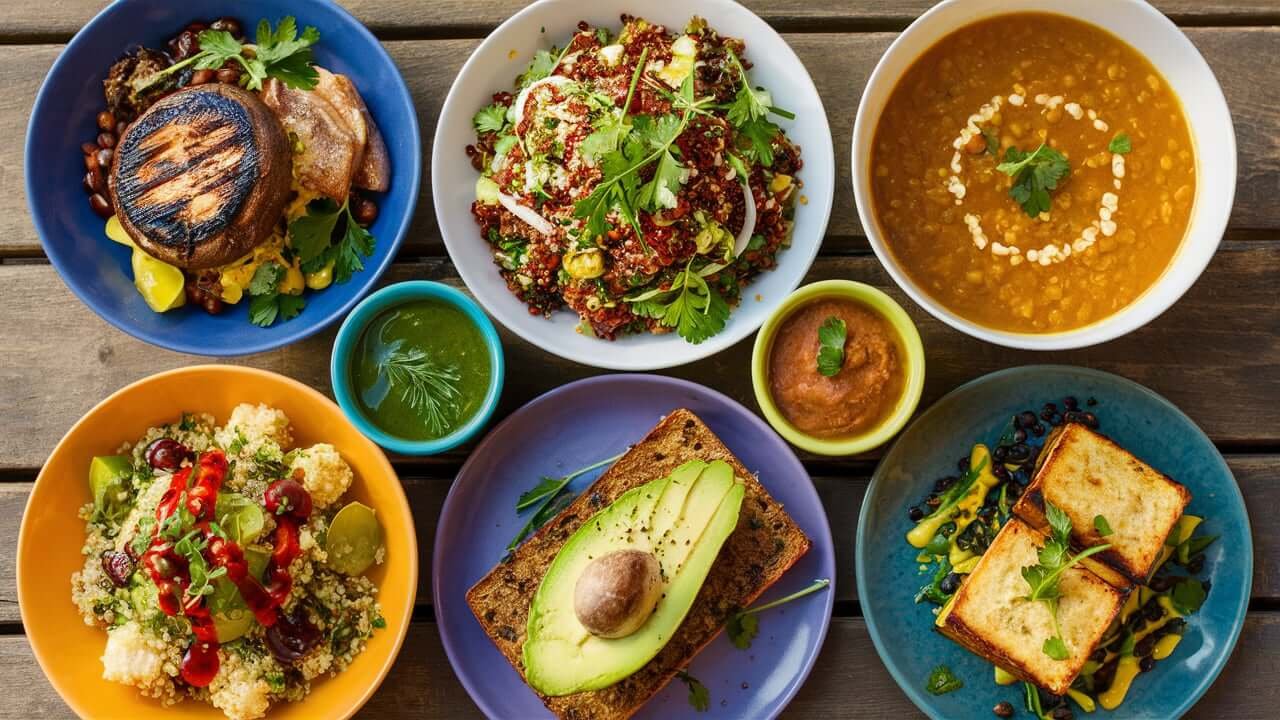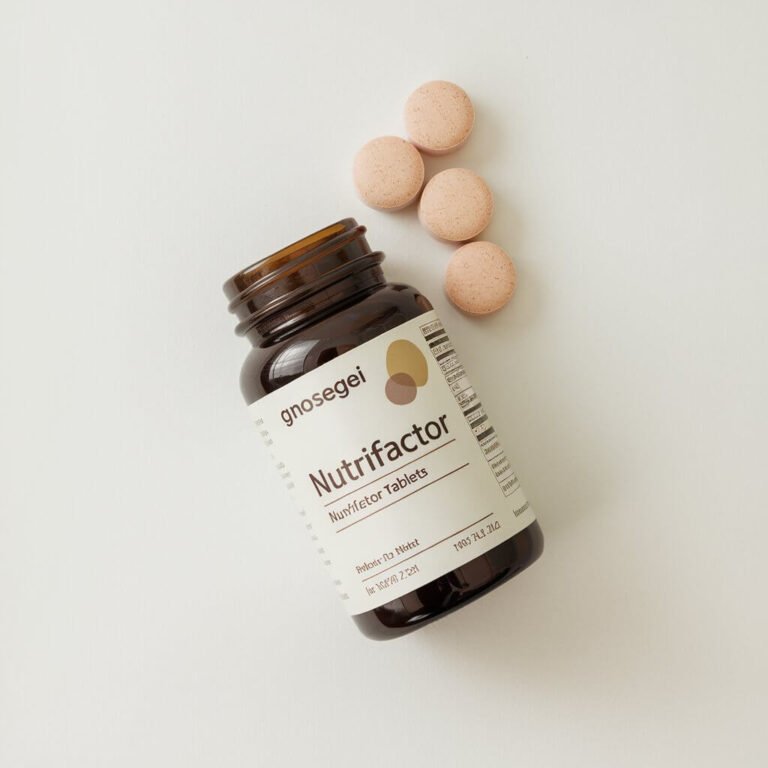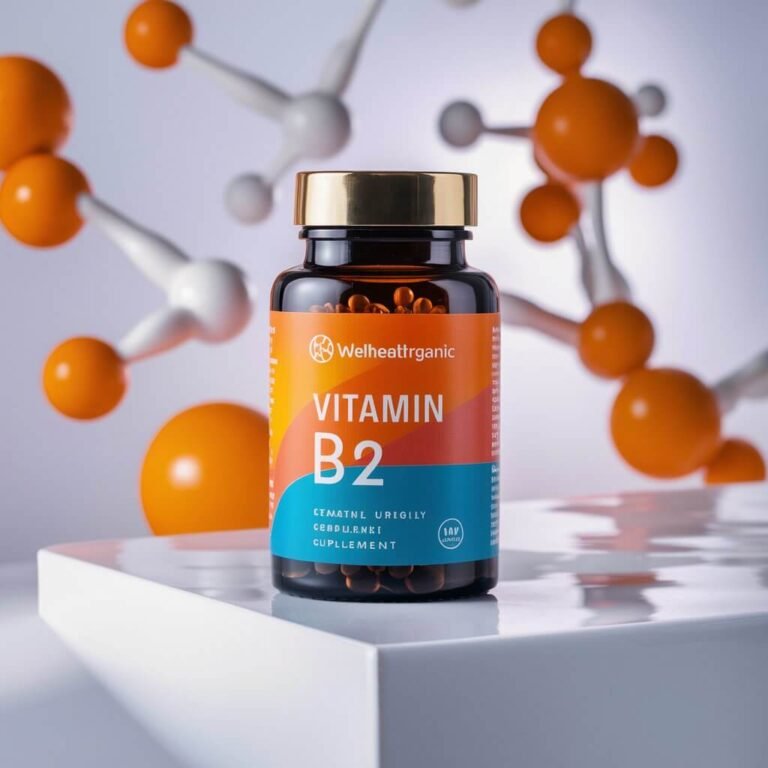wellhealthorganic.com vegetarian protein sources
Finding good sources of protein when eating a vegetarian meal can sometimes be a daunting task, especially for a non-vegetarian. We try to provide a vast list of vegetarian foods that are also rich in proteins and have multiple health advantages.
From vegetarian protein sources such as beans, nuts, and vegetative supplement sources, this guide will arm you with the information you require to enhance protein intake in your vegetarian diet. Whether you have decided to become vegetarian for the first time, or want to add variety to your eating habits, welcome to the rich world of vegetables and their proteins to boost your energy and health.
vegetarian protein diets
Legumes and Pulses
Vegetarian meals, particularly products from legumes and pulses, are famous for their ability to provide a good amount of protein and other nutrients. They are cheap and useful in a variety of meals and supply our bodies with fiber and micronutrients. Below are the brief details of the highly recommended legumes and pulses.
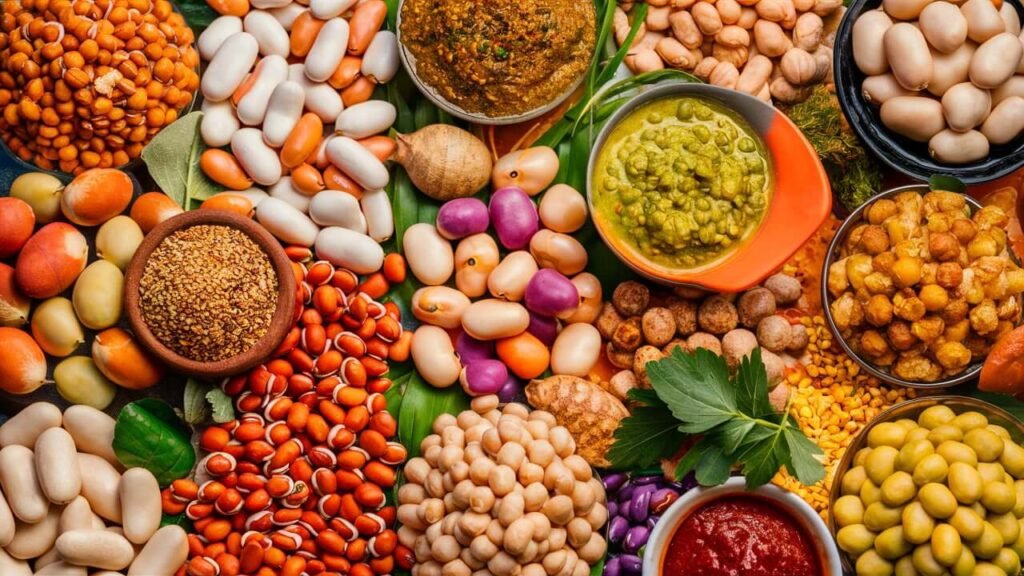
Lentils:
Also used in many foods, lentils are categorized by color and size and provide a hearty protein to dishes. They take a fairly long time to cook and can be added to soups, stews, salad, and even a veggie burger.
Chickpeas:
Round and nutritionally rich, chickpeas are a staple in the Mediterranean and Middle Eastern cuisines. They can be baked crisply to make a crunchy snack out of it, ground well to make a paste for making hummus or used in making any curries, salads, and many more.
Black Beans:
Black beans are consumed in Latin America; they are loaded with protein and fiber. These food items’ loaves are perfect with rice, act as thickening agents for bean soups, and can be mashed to become burgers or taco stuffing.
Nuts and Seeds
Nuts and Seeds are also rich in protein among vegetarian products benefits include essential fats, vitamins, and minerals. Below are some of the key varieties:
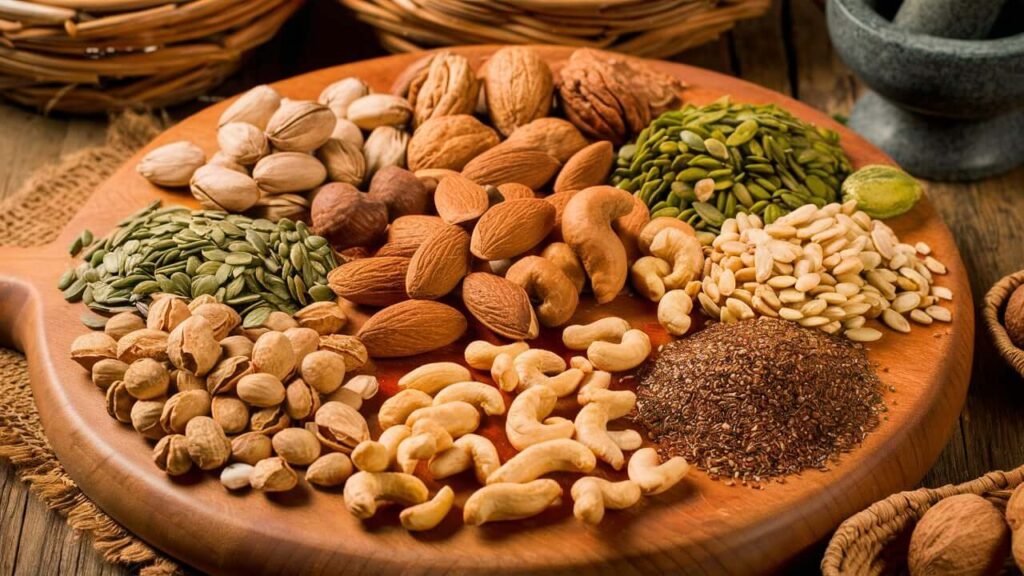
Almonds:
Primarily, almonds have solid textures and the taste can be described as subtle and sweet regards to other nuts; they are rich in protein, fats, and Vitamin E; the recommended serving of almonds in a day is 30g, and considering that almonds are rich in nutrients, they can be taken on its own or as accompaniments to salads, yogurt or oatmeal.
Chia Seeds:
These small seeds have it all Protein, omega-3 fatty acids, fiber, and antioxidants in what could easily be described as a compact nutritional powerhouse. They can swell and soak up the liquid and become gelatinous in nature used specifically for puddings, smoothies, or for topping on cereal.
Hemp Seeds:
Hemp seeds consist of all the nine amino acids that are essential for human consumption. They are less sensationalized in taste, carrying a hint of nutty taste which can be used on salads, mixtures, or baking.
Whole Grains
Whole grains are helpful sources of vegetarian protein that are additionally important for nutrient inventory such as fiber, vitamins, and minerals. Below is a list of some of the most recommended whole grains:
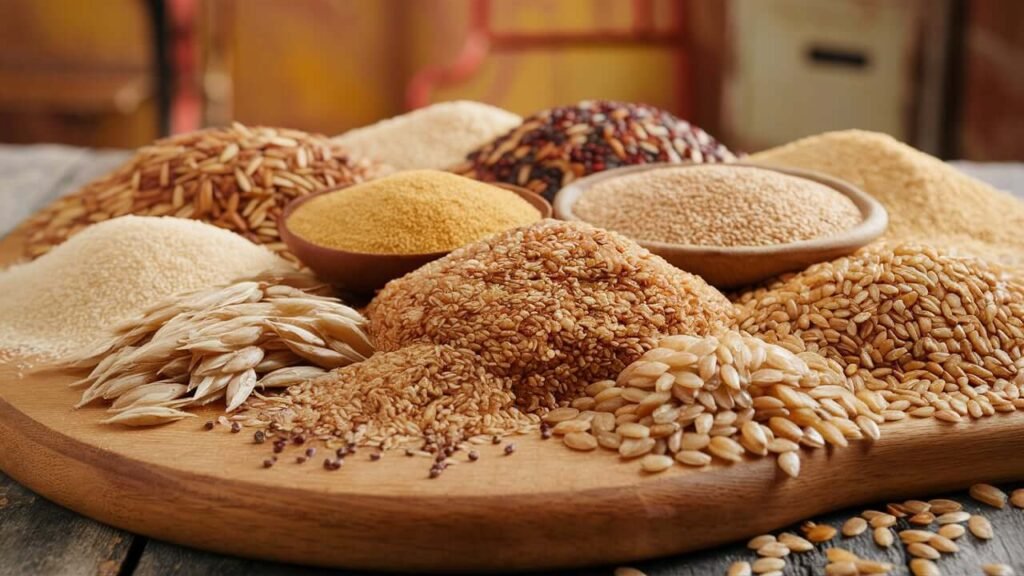
Quinoa:
Quinoa or ‘keen-Wah’, which is often referred to as a ‘superfood’, is a protein and even has all the nine essential amino acids. It turns out to be soft with a hint of nutty taste making it ideal for salads, pilaf, or even a good bowl of cereal.
Oats:
Oats are a type of whole grain that has soluble fiber, which can in a positive way impact heart health. They also supply reasonable quantities of protein; one can consume oats as porridge, include it in shakes, or apply it in leavening.
Buckwheat:
Contrary to what the name suggests, buckwheat isn’t a cereal grain but a pseudo-cereal often thought of as a grain because of its culinary use. It is proteinaceous and fibrous with a strong aroma that might be associated with the earth. Buckwheat flour can be utilized for preparing pancakes and on the other hand, groats can be utilized for the preparation of steamed vegetable side dishes.
Dairy and Dairy Alternatives
Protein-containing foods, especially the ones that are derived from animals are found in dairy and products that imitate dairy products and are extremely diverse for vegetarians. Below is an analysis of some of these decisions.
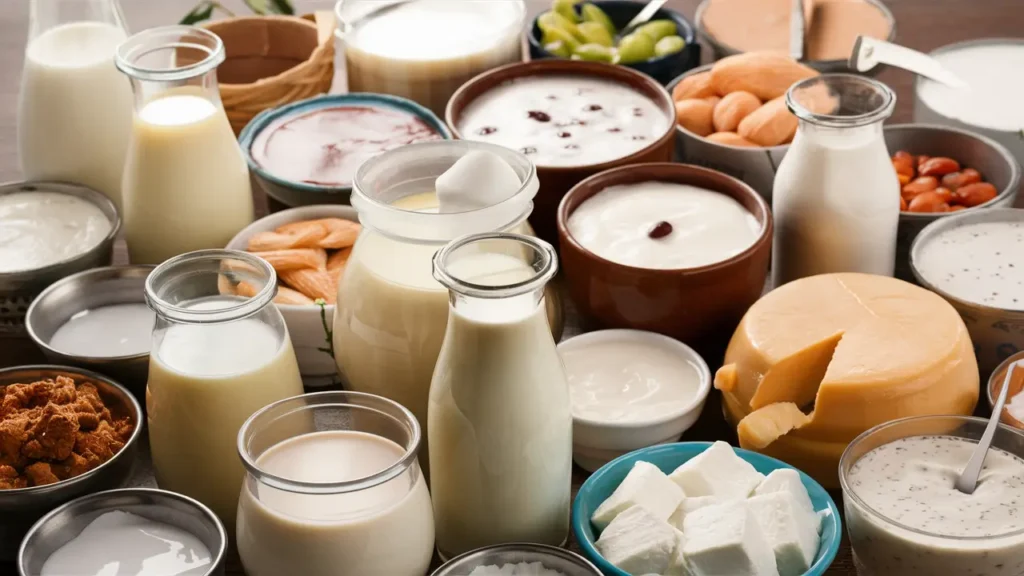
Greek Yogurt:
Plain Greek yogurt is compiled by straining the yogurt which eliminates whey and it has a thick consistency and is richer in proteins than the yogurt. the substance is high in calcium, the gut-beneficial bacteria, and it contains a reasonable amount of protein per serving.
Tofu:
Tofu is made from soybeans and is a nutritious and popular protein-carrying product that is popular with vegetarians and vegans. They are versatile in preparing meals; they can be grilled, stir-fried, blended to smooth, or in the formation of a dessert such as tofu cheesecake.
Plant-Based Milk:
Some of the non-dairy milk products including almond milk, soy milk, and oat milk are supplemented to give values such as protein. Almond milk is generally not as high in protein as soy milk, which is unless the almond milk has been fortified, although soy milk is comparable to that of cows’ milk and can be used for cooking, it can be used for baking or taken in its natural form.
Vegetables High in Protein
Vegetables are not well-provided with protein in comparison with other food groups but certain types contain a considerable amount of protein and are important, therefore, for a vegetarian diet. Below is the list of several vegetables which is rich in protein:
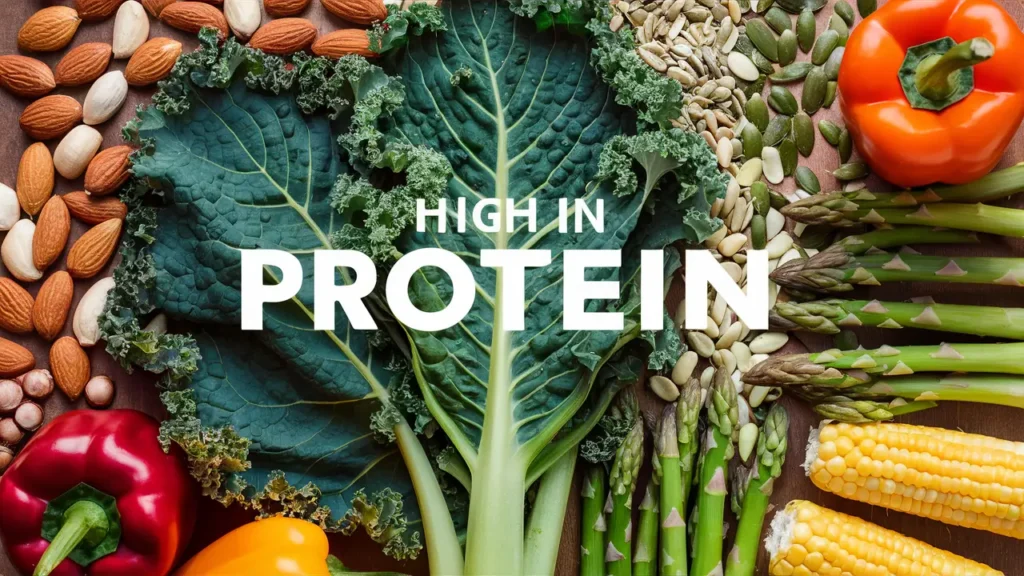
Spinach:
Minerals Like most green leafy vegetables, spinach also contains a good amount of iron and vitamins; however, aside from these nutrients, it is also has a considerable amount of protein per serving. It can be taken fresh in meals such as salads, cooked and have it as a vegetable, or incorporated in meals like smoothies and soups.
Broccoli:
A single serving of broccoli contains so much fiber, vitamins, and minerals including a reasonable amount of protein. This can be steamed, roasted, or stir-fried and it can be included in casseroles to increase the nutritional value of the food.
Peas:
These are perfect for incorporation in different foods due to the protein and fiber that is contained in peas. They can be incorporated with salads, soups, pasta or it could be a side dish vegetable.
Plant-Based Protein Supplements
Therefore, vegetarians can find plant-based protein supplements as a convenient way of increasing protein intake in the body easily.
Pea Protein:
Extricated from the yellow peas, pea protein is an outstanding protein because of its high biological value, and easy digestibility. It is preferably added to powders and shakes but can be blended into smoothies or incorporated into baked foods.
Soy Protein:
Soy protein isolate is a complete protein being an isolate of the soybean product, with all essential amino acids. It comes in different formats, with those common forms being the powders, the bar forms, and the ready-to-consume shakes.
Rice Protein:
Corn and rice have low allergenic potential and will therefore be appropriate for those people who are allergic to soy products or milk. Due to its low allergenicity and incomplete digestion characteristics, it is usually co-incorporated with pea protein to produce a balanced amino acid spectrum for use in protein powders and nutritional supplements.
Recipes and Meal Ideas
Introducing vegetable proteins into tasty dishes is the secret to obtaining a healthy and flavorful diet. Below are some creative recipes and meal ideas to inspire your culinary journey:
Quinoa Salad with Chickpeas and Vegetables
Ingredients:
- Cooked quinoa
- Chickpeas (canned or cooked)
- Assorted vegetables (such as bell peppers, cucumbers, cherry tomatoes)
- Fresh herbs (like parsley or cilantro)
- Olive oil and lemon juice dressing
- Optional: feta cheese or avocado for added richness
Instructions:
- Cook quinoa as usual and allow it to cool.
- I believe if using canned chickpeas, then they should be washed and then drained.
- Cut vegetables into cubes and add it to the bowl in which quinoa and chickpeas are situated.
- In a separate bowl prepare the dressing by combining olive oil, lemon juice, salt and pepper, to taste.
- For dressing, over the salad and then gently mix the salad around so that the dressing coats it evenly.
- You can then garnish the dish with fresh herbs and any other extra ingredients you may want to add before the dish is ready to be served.
Tofu Stir-Fry with Broccoli and Cashews
Ingredients:
Firm tofu, cubed
- Broccoli florets
- Cashews (or other nuts of choice)
- Soy sauce or tamari
- Garlic and ginger, minced
- Sesame oil for cooking
Instructions:
- Warm sesame oil in a large pan or wok over medium-high heat.
- Stir in garlic and ginger that have been pre-minced, and sauté it around for approximately one minute.
- Also, stir in tofu that has been chopped into cubes and fry until it is slightly non-colored on each side.
- The next item that goes into the skillet is broccoli florets and cashews, and stir fry for about 3–4 minutes or until the broccoli is tender-crisp.
- Pour a little bit of soy sauce or tamari into the mixture and season accordingly.
- Best served hot over cooked brown rice or quinoa.
Green Smoothie with Spinach and Hemp Seeds
Ingredients:
- Fresh spinach leaves
- Banana (fresh or frozen)
- Frozen mixed berries
- Hemp seeds
- Almond milk or other plant-based milk
Instructions:
- Mix spinach and almond milk so that a smooth paste of spinach is prepared.
- Mix the banana with the berries and blend to make it smooth once again.
- One can only sprinkle the hemp seeds on top to add texture and some protein or combine it into the mixture.
Tips for Meeting Daily Protein Requirements
Protein intake is particularly important in the vegetarian’s daily diet if he/she is to come out the best in their daily activities. The following are tips to help ensure you’re getting enough protein in your vegetarian diet:
Know Your Protein Needs:
Determine your lean body mass and then multiply that with specific factor differentials depending on your age, body weight, activity level, and dietary goals. Common knowledge of this is that the CDR should ideally hover around zero figures, that is 0. About 8 percent, or 8 grams of protein per kilogram of body weight, but this is also changeable.
Include a Variety of Protein Sources:
Vary the sources of protein and receive all the necessary amino acids into the body. Take beans, lentils, tofu, nuts and seeds, whole grain products, and low-fat dairy or plant-based milk at least three to four times a day.
Plan Balanced Meals:
Prepare the meals in a way that contains sources of protein eaten together with vegetables, whole grains, and good fats. This guarantees that in addition to taking your recommended protein intake, you are also getting other important nutrients.
Snack Smartly:
Use protein in snacks to avoid hunger and fatigue in between times, as well as to have a source of protein when you are too full for a full meal. Some examples are Greek yogurt with fruits, Nut butter on whole grain bread, and Hummus with vegetable sticks.
Use Protein Supplements Wisely:
It may be necessary to add plant-based protein sources such as pea protein or soy protein meant for the addition of your daily protein intake. Opt for supplements that do not undergo rigorous processing, and which have no extra compounds that are not needed.
Read Labels and Choose Wisely:
If one has to buy processed vegetarian protein sources or vegetarian protein-containing products, it is necessary to check the labels. Take products with the least added sugars and sodium and try as much as you can to go for those with more protein in portion size.
Combine Complementary Proteins:
This means that the different sources of proteins should be integrated within the same meal to enhance the chances of getting all the essential amino acids. Such as rice with beans: and tofu with quinoa: meaning they should be taken together to form protein.
Experiment with new Recipes:
Recommend a variation of vegetarian recipes and identify the proteins used in the preparation of the recipes. It also maintains meal variety and ensures that you are always finding new meals on the diet that are healthy and tasty.
Monitor and Adjust as Needed:
It is advisable to have periodic awareness of the amount of protein you consume and adapt the Protein Diet Plan in relation to energy levels, fitness, and general health status. The best thing you can do is consult a registered dietitian for more specific advice.
Conclusion
In conclusion, such options as lentils, tofu, and nuts are mentioned to state that has an extensive range of tasty and healthy vegetarian proteins. Thus, the conscious inclusion of these foods into the daily meals will enable one to get a balanced and healthy diet that fits into the desired lifestyle. Therefore, this article initiates the constant learning and exploration of your vegetarian journey.

